
Nonfungible tokens represent a seachange of strategic opportunities for brand marketers as they look to engage their prospects and customers.
Though the likes of Bored Apes and Pudgy Penguins take the headlines, and the potential for decentralized finance (DeFi) and play-to-earn gaming is undeniably grand and exciting, the marketing potential for nonfungible tokens (NFTs) deserves equal attention. It boils down to this: With NFTs, virtually anything can be gamified to promote desired marketing outcomes.

Gamification — defined by Gabe Zichermann, author of The Gamification Revolution, as a “process of using game thinking and game dynamics to engage audiences and solve problems” — is not new to sales and marketing. What is new are the mechanisms by which you can engage and motivate prospects and customers. And, gosh, they are exciting. To illustrate the point, here are five example use-cases of NFTs for marketers.
Co-marketing to in-market segments
Let’s say you’re one of the approximately 40 million people in the United States who move each year. As a “new mover,” you are highly coveted by a slew of brands that are keen to meet your highly-predictable needs.
In the past, if Sherwin Williams (paint), Simplisafe (home security), Spectrum (cable), Stanley Black & Decker (hardware), Sony (electronics) and Pottery Barn (furniture) wanted to get together as one to market to you at your time of abundant need, it would be virtually impossible. After all, differing internal systems, an entrenched hesitancy to share data, dissimilar promotional structures and loyalty program designs, overlapping points of distribution and other roadblocks invariably create insurmountable gridlock.
Now, imagine those brands teaming together to create a Move Me NFT or something similar. Consumers purchasing these would create revenue for all the participating brands and put our New Mover into a virtual community where they can tour neighborhoods, attend a house-warming party in the Metaverse with a celebrity, enter to win digital real estate, hang their digital art and, of course, learn about how each brands’ products/services can help them along with an “exclusive and generous” discount.
Moreover, you could offer our hyper-coveting consumer Bitcoin (BTC), Ether (ETH) or other coin rewards as incentives for buying from two or more of the Move Me brands — funded from the NFT revenue pool or contributions from the program participants on a relative scale.
Name your segment: The possibilities are virtually endless.
Related: Why are major global brands experimenting with NFTs in the Metaverse?
Cross-brand loyalty marketing
Suppose you’re a brand with multiple consumer packaged goods (CPGs) products in your portfolios such as diapers, detergent, oral care, over-the-counter medicines and skincare. Your goal: To create a mechanism for rewarding customers for buying across your portfolio, more of the time.
Most attempts at something like this in the past have been colossal failures. The combination of a burdensome proof-of-purchase mechanism and lack of a truly behaviorally-motivational cross-currency have doomed the efforts.
But, what if their customers could create a My [insert brand name here] wallet and link it to their store cards such as Food Lion’s MVP Program, Kroger Plus or CVS ExtraCare, for example. Now, proof-of-purchase can be effortless cross-brand. Armed with transaction data and a broader customer profile, any of the participating brands can airdrop NFT rewards (an offer to add their newborn’s picture to collectible art, for instance), metaverse experiences and even currency. Even the retailer can get in on the action.
While getting small sums back in fiat currency or dollars-off a future purchase can be traditionally underwhelming for the effort of engaging, the addition of crypto with its swapability and potential to accumulate value can become a true game-changer. Think value perception.
Related: The biggest consumer brands that engaged with crypto in 2021
Experiential marketing
Imagine this: You’re home on your computer in Manchester dreaming of a trip to Manhattan. So, you take a virtual tour of the city’s iconic destinations and also visit specific stores, restaurants, clubs, theaters and more that are promoted within the tour in an effort to have you add them to your itinerary.
As you visit each destination, you can collect NFTs, which could serve as digital souvenirs to dial up the excitement for your trip while also gaining you priority access, unique experiences, special offers and more.
Let’s say you’ve added the Museum of Modern Art to your itinerary. Your NFT could get you access to an exclusive auction of NFTs of iconic NYC art and perhaps even entry to a “hidden exhibit” at the museum. Oh, and crypto opens up a whole new fundraising mechanism for nonprofits like MOMA.
Show your NFT to the restaurants on your list and you get a surprise amuse-bouche or the opportunity to order a “hidden” menu item. I could go on and on. The opportunities to promote tourism are vast.
New product launches
Now, consider the automobile manufacturer that has no issues connecting with someone who’s in-market for a new car, as they’re already everywhere this customer is searching, but has a much higher hill to climb in exciting existing customers not in-market to upgrade to a significant model-year update.
If that manufacturer, however, nurtures its community of customers to express its shared passion for the brand, affinity to their current product and the binding interest and excitement of NFTs, all that can change.
Picture a dynamic NFT drop to this community that teases the new model at first, then adds additional looks and features over a set time period to drive engagement. At each juncture, there are additional opportunities to see a virtual demonstration of those features and, of course, request a test drive.
At the dealership, the NFT brings with it “exclusive offers” and, based on content the consumer has watched, enables the dealer to provide a more focused and customized test drive experience. And, of course, the NFT becomes a collectible — particularly if the customer chooses to actually purchase the product.
Team-building for sales
When it comes to the annual sales kickoff meeting, what can be more underwhelming than a “Steve Balmeresque” speech that goes off the rails, interminable stock-photo littered slide decks and talks of meeting an annual “stretch” target which is, in actuality, a euphemism for lotsa luck buddy.
Now, imagine every member of your team selecting from a gallery of NFTs the one that they think embodies their approach to driving success in the upcoming year. Then, having members choose (or be chosen on) teams based on their likemindedness or compatibility.
Teams could be revealed at your kickoff meeting (live or virtual). Each team would then be given a series of challenges designed to immerse themselves in the strategy that has been set and the dynamics of their marketplace, among others. These, along with meeting set goals baked into smart contracts, could reward members with crypto, other NFTs, or any other “currency” you want to consider. And, the NFTs themselves become badges of achievement with varying degrees of rarity.
Related: We haven't even begun to tap into the potential of NFTs
The concept can be taken further by making it evergreen, allowing trading, making airdrop “bonuses” and more. To see another example of the concept in action, check out what Enjin did for Microsoft to engage its developer community.
But, first things first
Technology and consumer adoption are still in their relative infancy, of course. But, things are moving very fast, driven by huge injections of investment capital, a literal “land grab” among major players and the transcendent powers of FOMO.

In the meantime, a massive consumer education campaign supported by the entire industry is in order. Not just in how to buy, sell and exchange crypto and NFTs, but – perhaps more importantly – how to do so safely. Because, let’s face it: if you think the scams, phishing, hacking and other nefarious actors are sophisticated and evil now (and they are) it’s only going to get worse the more mainstream the multiverse becomes.
Yes, fortune favors the brave. But, let’s face it, trust and confidence are essential pillars of possibility.
So, the next time you shrug off as “insane” that a Beeple collage sold for $69.3 million, think instead of what the technology holds for the future. Think big. Test aggressively. And, educate, educate, educate.
This article does not contain investment advice or recommendations. Every investment and trading move involves risk, and readers should conduct their own research when making a decision.
The views, thoughts and opinions expressed here are the author’s alone and do not necessarily reflect or represent the views and opinions of Cointelegraph.

You can get bonuses upto $100 FREE BONUS when you:
💰 Install these recommended apps:
💲 SocialGood - 100% Crypto Back on Everyday Shopping
💲 xPortal - The DeFi For The Next Billion
💲 CryptoTab Browser - Lightweight, fast, and ready to mine!
💰 Register on these recommended exchanges:
🟡 Binance🟡 Bitfinex🟡 Bitmart🟡 Bittrex🟡 Bitget
🟡 CoinEx🟡 Crypto.com🟡 Gate.io🟡 Huobi🟡 Kucoin.
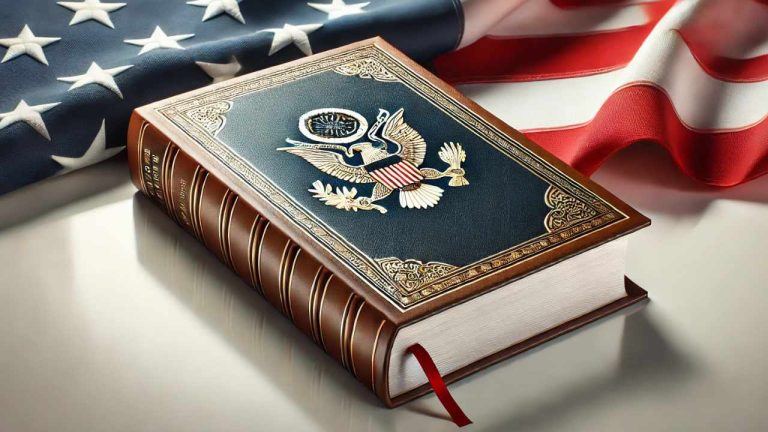
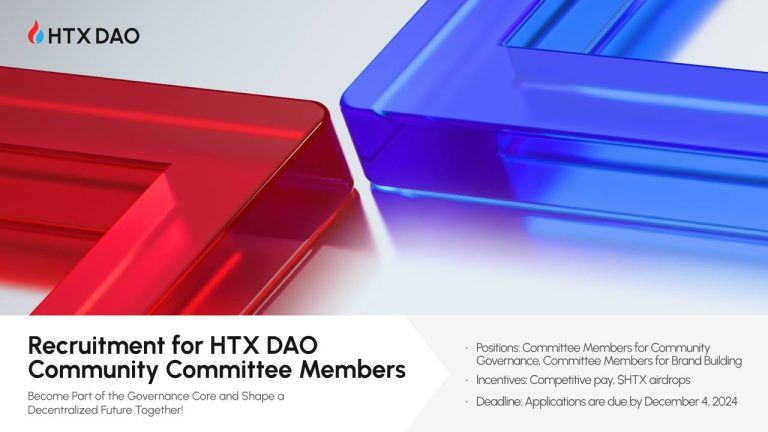
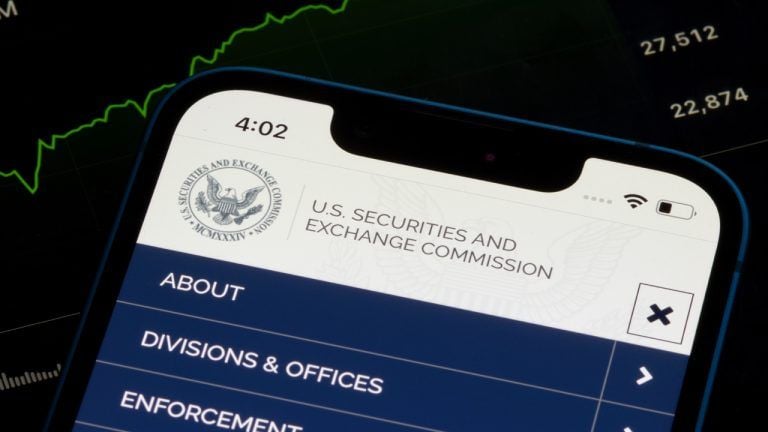
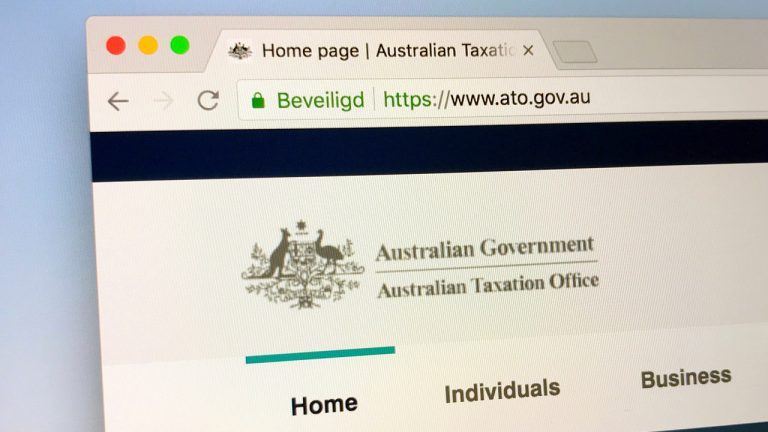
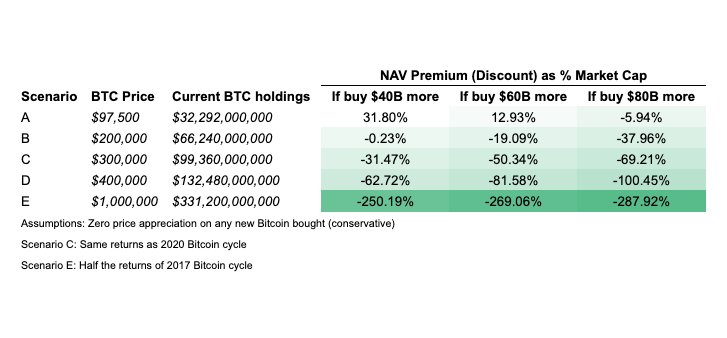
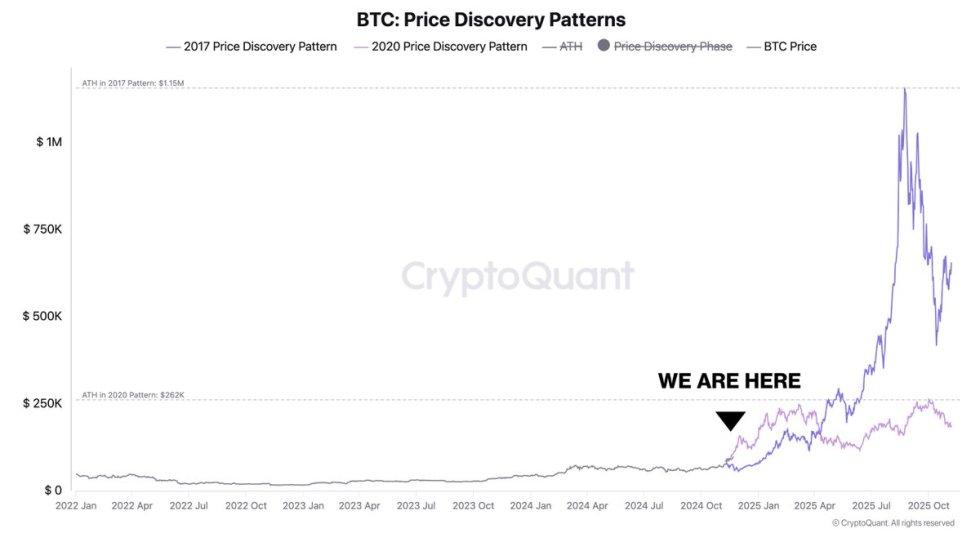
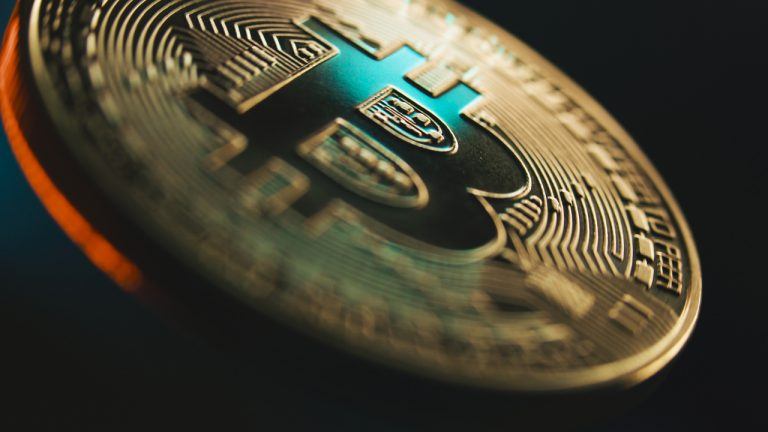
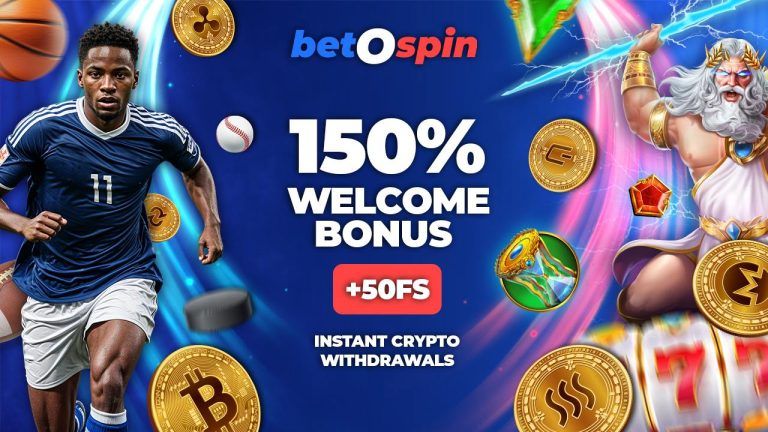
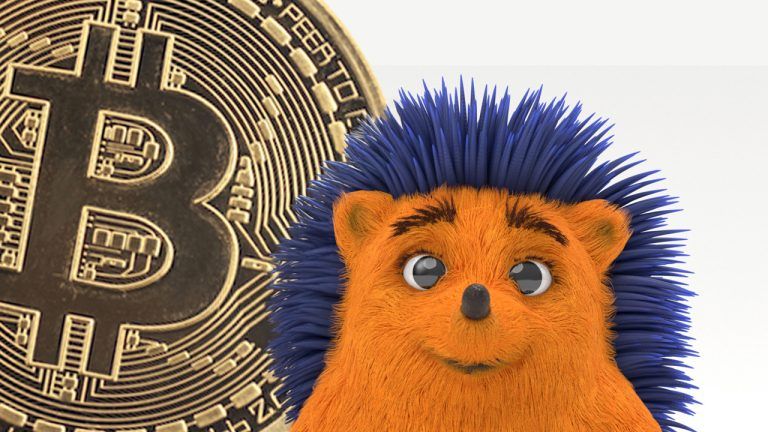
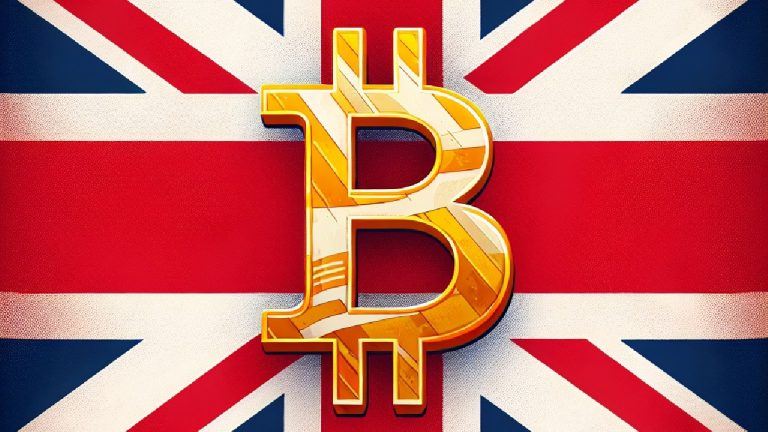
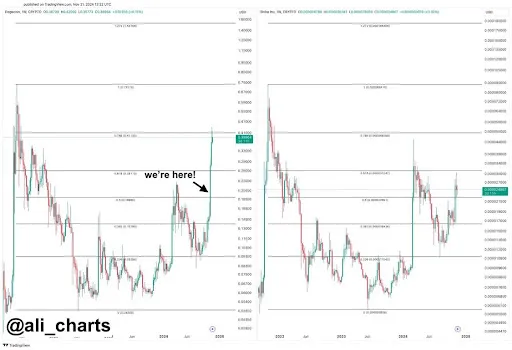


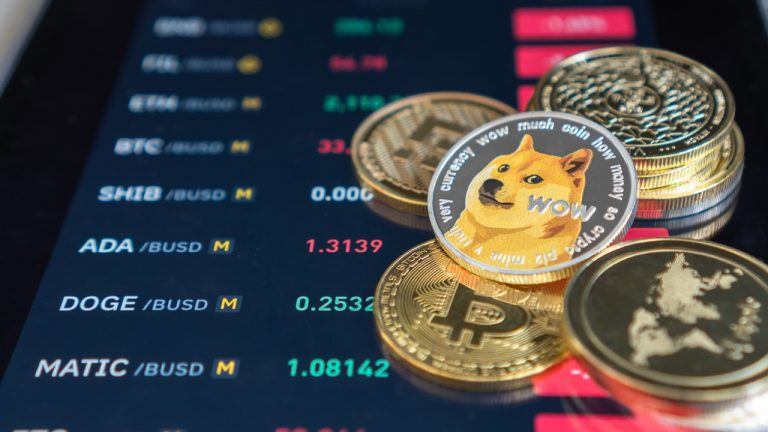
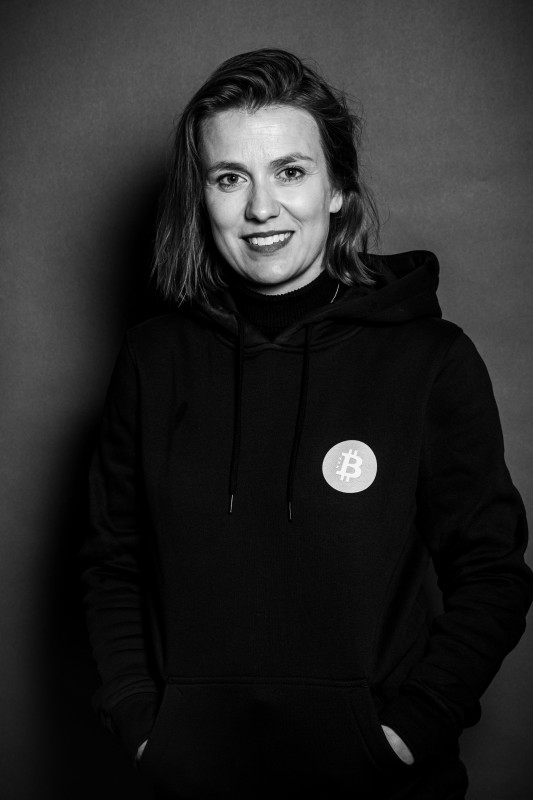
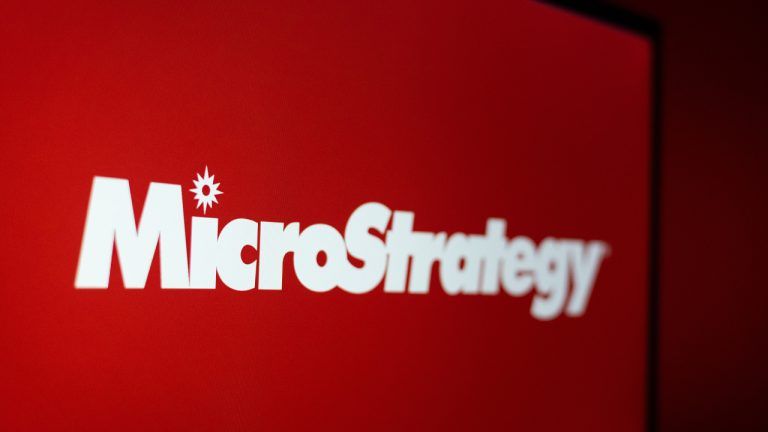

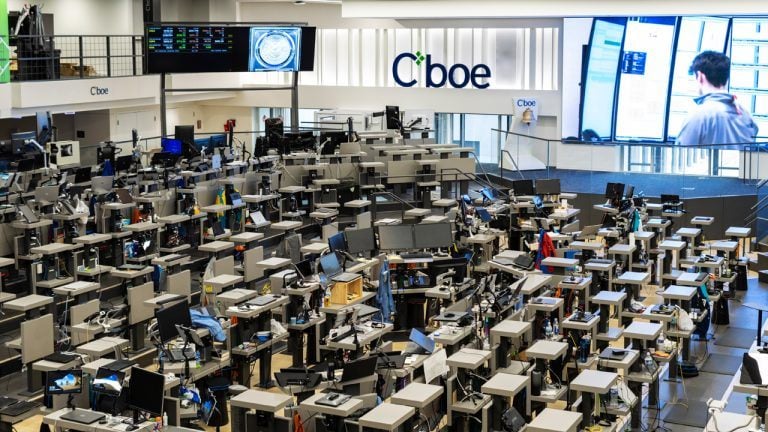

Comments